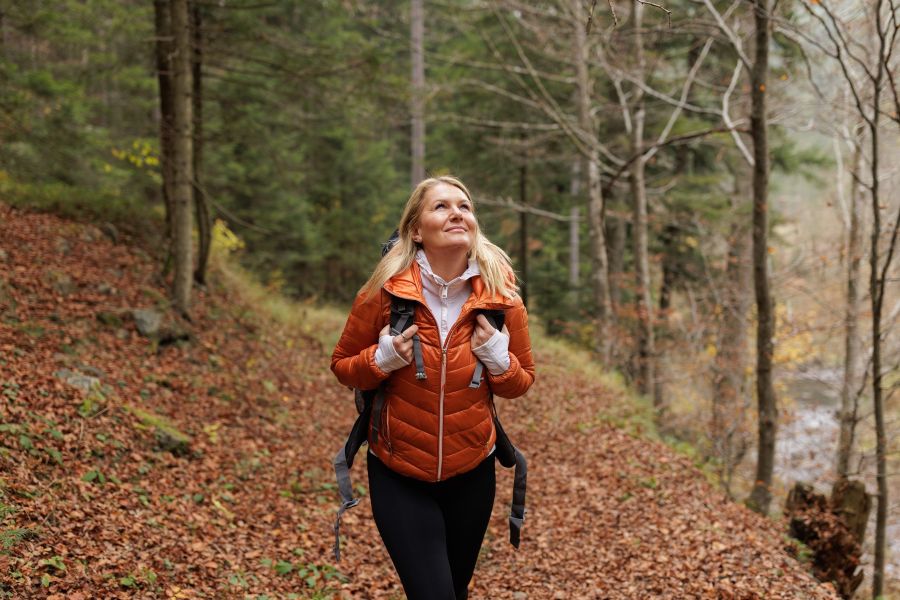
As the holiday season approaches, it can be easy to let routines slide. But according to Kelli McLaren, a physical therapist at Northside Hospital Cherokee Outpatient Rehabilitation, now is the perfect time to recommit to movement.
“Movement is so important to me, so important to what we do as far as physical therapy and getting people back into anything they’ve not been able to progress into,” McLaren said. “The body in motion stays in motion.”
Benefits of movement
McLaren noted that movement has a wide range of proven health benefits.
“There is a dose-response relationship, meaning the more activity you do, the more physical benefits that you end up with in the long run,” she said.
Among those benefits are improved sleep, sharper thinking, reduced risk of chronic disease and stronger independence later in life. But for McLaren, one stands out.
“I like to list mental health first,” she said. “Movement and my activity time of the day are super essential to my mental health. This helps reduce my stress. It keeps me focused. It gives me time to breathe.”
Experts recommend at least 150 minutes of moderate-intensity aerobic activity each week, along with two or more days of strength training. McLaren emphasized that this goal can be met in small, consistent steps.
Building fruitful habits
Creating sustainable fitness routines requires mindset shifts.
“Promoting the ‘I get to’ mindset in your mind repetitively will eventually create the mindset more automatically in relation to exercise,” McLaren explained.
She encouraged people to identify their personal “why.” For some, that could be coaching a child’s soccer team. For others, it may be managing lab results, preparing for an upcoming race or simply staying independent later in life.
Including family, friends or pets can help.
“If afternoon walks with your family are a way for you to connect, be a good role model and take your family,” McLaren said.
Safety in increasing activity
When increasing activity, starting slowly is key.
“Two to three days per week … allows you time to assess how you feel after each of your activity sessions,” McLaren said.
She recommended establishing a baseline, using the rate of perceived exertion scale, and most importantly, investing in the proper footwear.
“It is my wholehearted recommendation to go get fitted for proper shoes,” she said.
Listening to your body also matters.
“A little bit of soreness is healthy, it’s normal,” McLaren said. “It’s when we do too much too fast and we’re really struggling because we’re so sore.”
Cold weather considerations
As cooler weather arrives, preparation is essential.
“We can have three seasons in one day,” McLaren said.
She suggested checking the forecast before workouts, keeping extra clothing in the car and layering appropriately with sweat-wicking fabrics.
“Movement is near and dear to my heart,” McLaren added. “I love to impart my love of movement and fitness on other people so that healthy lifestyles and staying strong can continue long term.”
Learn more healthy tips from Northside Hospital Rehabilitation Services.

